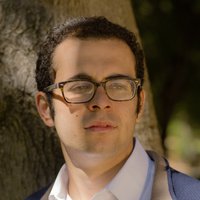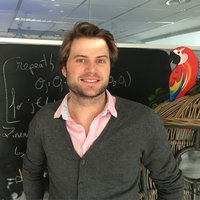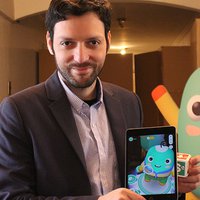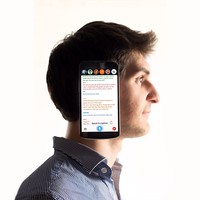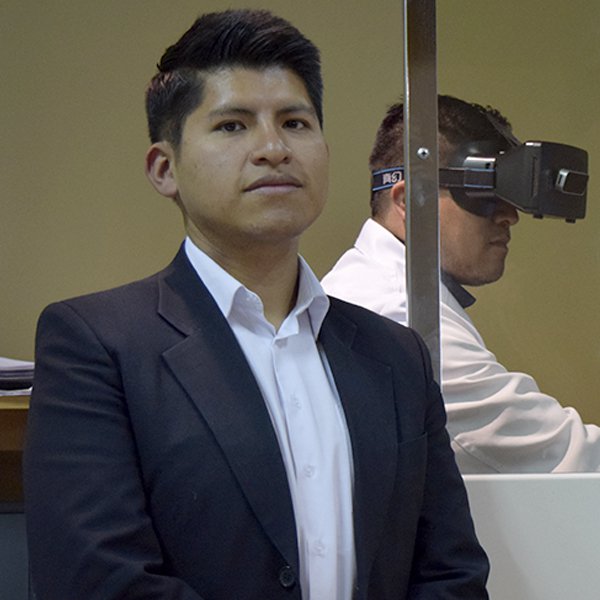Technological innovations are
revolutionizing medical care. New treatments, diagnostic systems and management
innovations are flooding hospitals and improving the quality of medical care in
the most advanced societies in the world. But elsewhere, like in Bolivia, for
example, some medical areas lag far behind the cutting-edge. This is true of
radiology departments, which mainly depend on paper both for managing diagnoses
and analyzing patients´ results. Three years ago, while working for a biomedical
equipment company, young Edwin Salcedo noticed this gap and decided to do
something about it. And thus, was born BIORIS VR, a medical image management
and virtual reality software which has led to Salcedo´s inclusion in MIT
Technology Review, Spanish edition´s Innovators Under 35 Latin America 2017.
The journey towards the final product was long and winding. When Salcedo began
to research the topic, he observed that of all of these services, whose main
purpose is to assist in the diagnostic process through x-ray images and
magnetic resonance images (MRI), only one third employed some kind of
specialized software. So, he decided to develop a management tool to digitalize
these techniques: an application known in the medical field as Radiological
Information System (RIS).
The project kicked off with a modest goal: to create a simple database and a
unified management system for radiology departments. However, as it started to
take shape, Salcedo saw an opportunity to broaden the scope and add existing
tools, for example by connecting his solution to an image management system.
Later, the young Bolivian realized that many pieces of equipment can capture
images in 3D and 4D, but that these images were only used on screen or on
paper. And this led him to wonder: "What if all of those layers were
represented in virtual reality? What if radiologists could view images of
patients´ bodies not just on a flat screen, but also interact with them in
3D?," Salcedo recalls. And so he decided to take the plunge and create the
second component of the project: an online virtual reality app which allows
users to work in a virtual environment using their mobile phone. BIORIS VR had
been born.
Salcedo´s solution is novel not only because it combines different technologies
to create a virtual environment where users can work. His project also provides
a quick and stable platform which alleviates the management of large files, and
can be downloaded in just minutes. BIORIS VR is easy to use, which facilitates
adoption by medical teams, who find it easy to learn to operate the system.
BIORIS VR has already been implemented in one hospital in Bolivia´s capital
city, and is in the process of being launched in a second. The idea is to
export the model to the rest of the country´s hospitals, although standardizing
the application to ensure compatibility with the existing equipment at each
hospital, which are based on different languages according to the manufacturer,
will present challenges.
"The project has great potential social impact in the healthcare realm,
since it could shorten diagnostic times," according to the director of
postgraduate IT studies at the Technical Institute of Monterrey (Mexico), José
Martín Molina Espinosa. This Innovators Under 35 Latin America 2017 jury member
highlights "the use of cutting-edge algorithms and techniques, especially
within such an impressive project, executed by one, single person."
